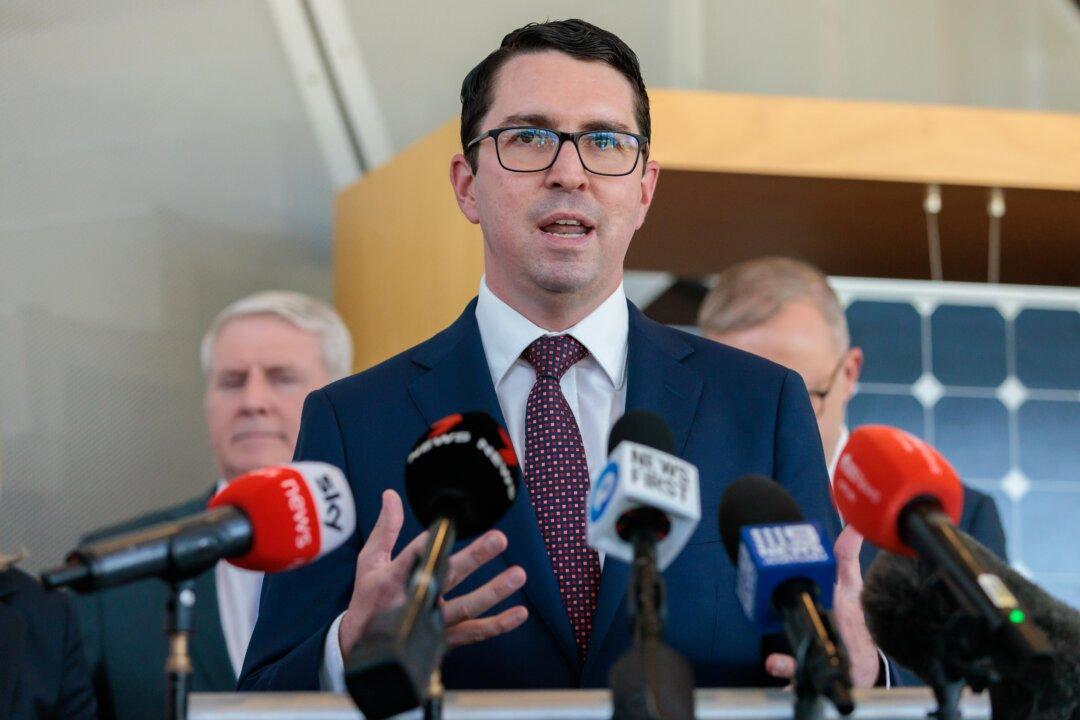SYDNEY, Australia—Assistant Minister to the Prime Minister, Patrick Gorman, found it “disappointing” that an individual leaked an exchange between Labor MPs and the Reserve Bank of Australia (RBA) Governor Philip Lowe, saying that they were trying to damage the government.
“There’s plenty of ways to have a fight in Parliament. But breaching the confidentiality of a government committee is not the way to do it,” he told Sky News Australia on Sunday. “It’s disrespectful to fellow Members of Parliament, it’s disrespectful to the RBA governor, and it does make the operations of the Parliament less effective.”





